COSMO News
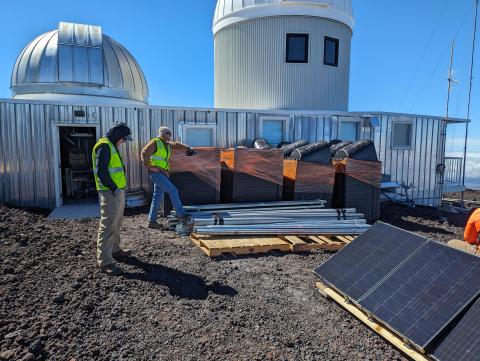
HAO flew observers to MLSO to observe the Sun during the solar eclipse
On April 8, 2024, the day of the total solar eclipse, HAO observers Ben Berkey (site manager) and Lisa Perez-Gonzalez flew by helicopter to the Mauna Loa Solar Observatory (MLSO) located at 11,200 feet on the north face of Mauna Loa to observe the Sun’s corona using the MLSO coronagraphs. They had to fly to the site since the road and power lines to Mauna Loa were destroyed by a volcanic eruption on Nov 27, 2022. A generator and battery packs supplied the observatory with the necessary power. Unfortunately, clouds prevented observations on April 8, but Ben and Lisa were able to return on April 9 to capture beautiful observations of the corona with both coronagraphs (see images in story).
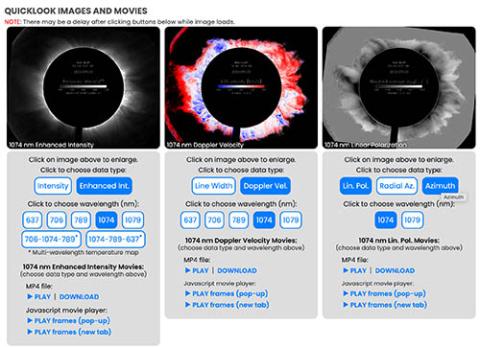
MLSO UCoMP Science Data Now Available
The Mauna Loa Solar Observatory Upgraded Coronal Multi-Channel Polarimeter (UCoMP) coronagraph science data (version 1.0.1) have now been released to the community via the Mauna Loa web page.
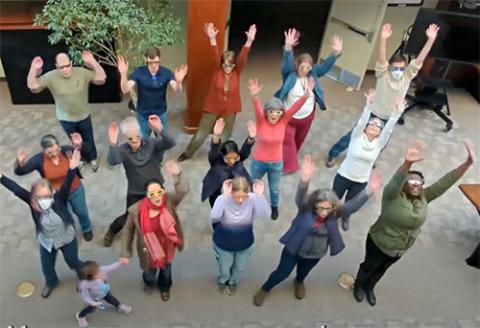
COSMOrama's new video — "My Corona"!
The upcoming solar eclipses and excitement of COSMO development have us so giddy that we broke into song (literally). We invite you to watch the result!
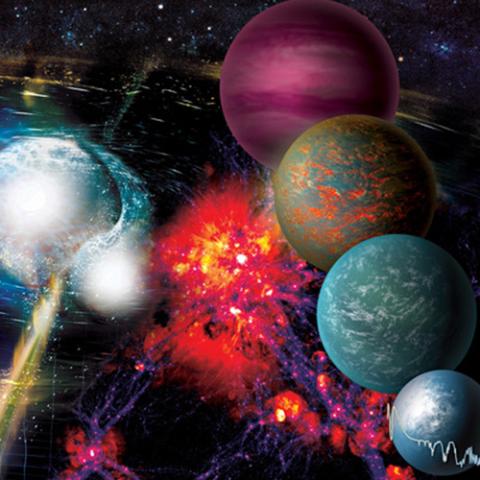
Astro2020 calls out global coronal magnetic measurements as requiring investment
The recent Decadal Survey in Astronomy and Astrophysics, Pathways to Discovery in Astronomy and Astrophysics for the 2020s stated goals that would be supported by COSMO observations.
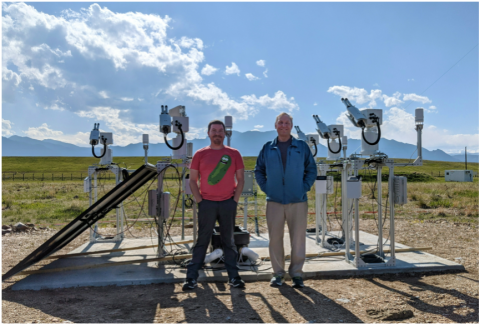
COSMO Site and Design Advancement Updates
The National Science Foundation (NSF) has provided funding for the final design of the COSMO Large Coronagraph (LC). At 1.5 meter aperture, the LC will be the world’s largest refractive telescope, and will enable observations of the global coronal magnetic fields.
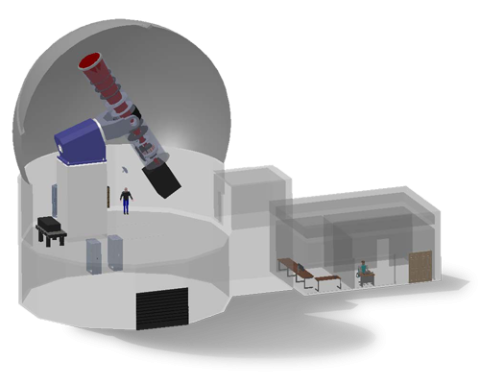
NSF Approves Funding for COSMO Next Stage
The National Center for Atmospheric Research (NCAR) has received funding approval to survey prospective locations for the Coronal Solar Magnetism Observatory (COSMO).

MLSO Honors the Sun at AstroDay West
On October 6th, the MLSO staff participated in AstroDay 2018, an educational outreach event coordinated by the Mauna Kea Observatories. 3,000 people attended. This was the second occurrence of this event, located in Kailua-Kona, on the west side of Hawaii Island. It featured booths and science displays from various local observatories, robotics clubs from numerous schools, and other tech-savvy groups.

Outreach and Observing at Mauna Loa in Hawaii
Educational outreach is an important and rewarding part of an observer’s job at the Mauna Loa Solar Observatory (MLSO) site located on the flanks of Mauna Loa Mountain at an elevation of 3440 meters in the U.S. state of Hawai’i. MLSO is operated by the High Altitude Observatory (HAO), a division of the National Center for Atmospheric Research, which is located in Boulder, Colorado.

MLSO Facility gets a new dome!
After 50 years of operation, the Mauna Loa Solar Observatory received a major facelift this week. A new dome has been installed at the site. The old dome was removed Tuesday morning, January 5th, and the new dome was installed before the end of the same day.